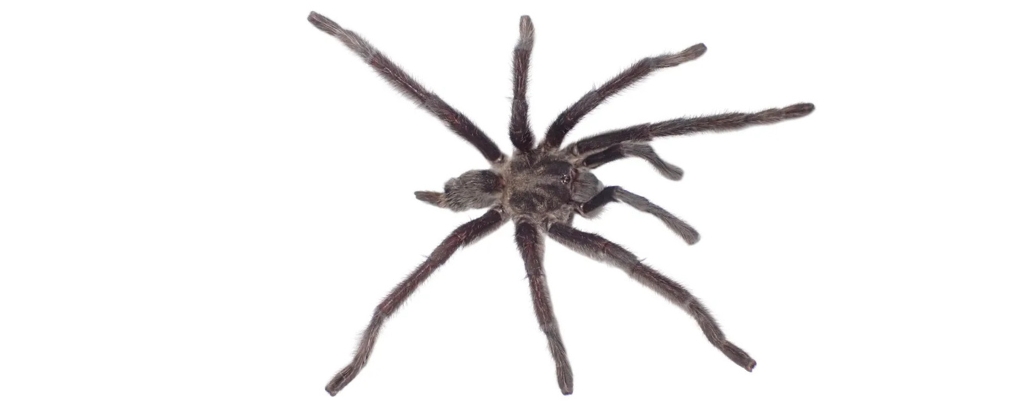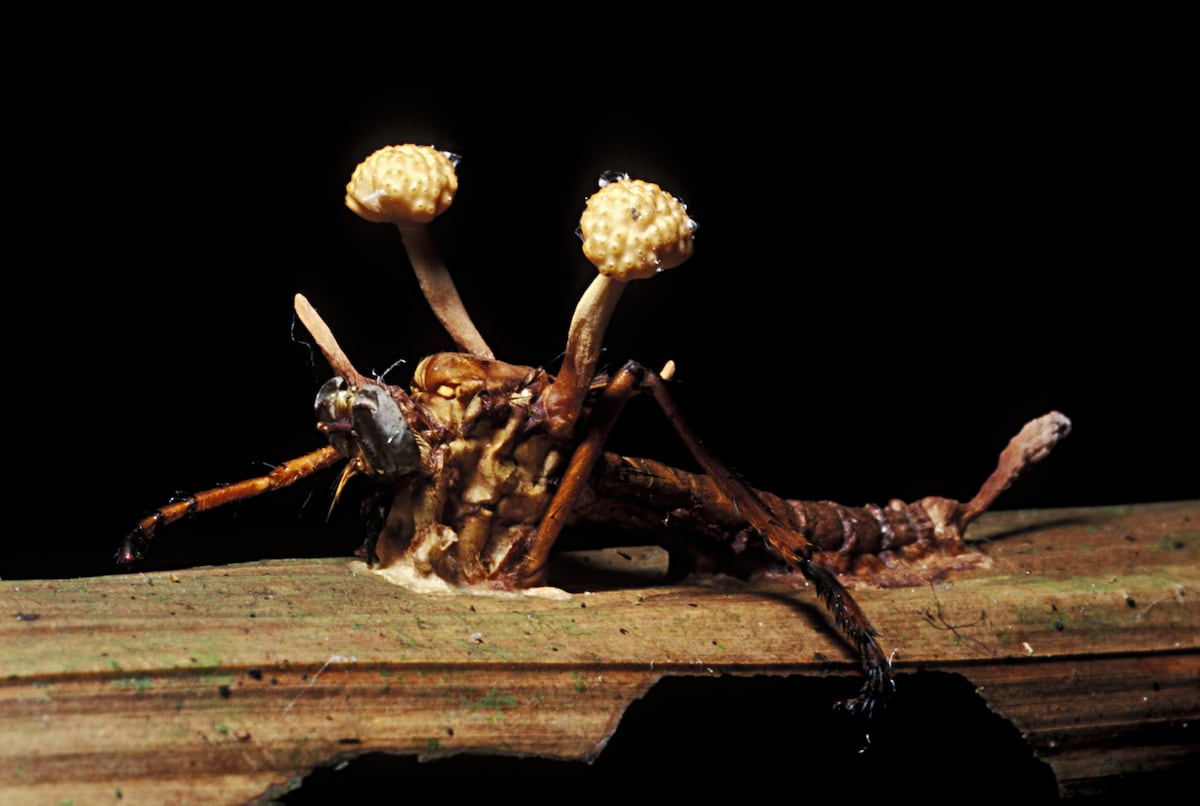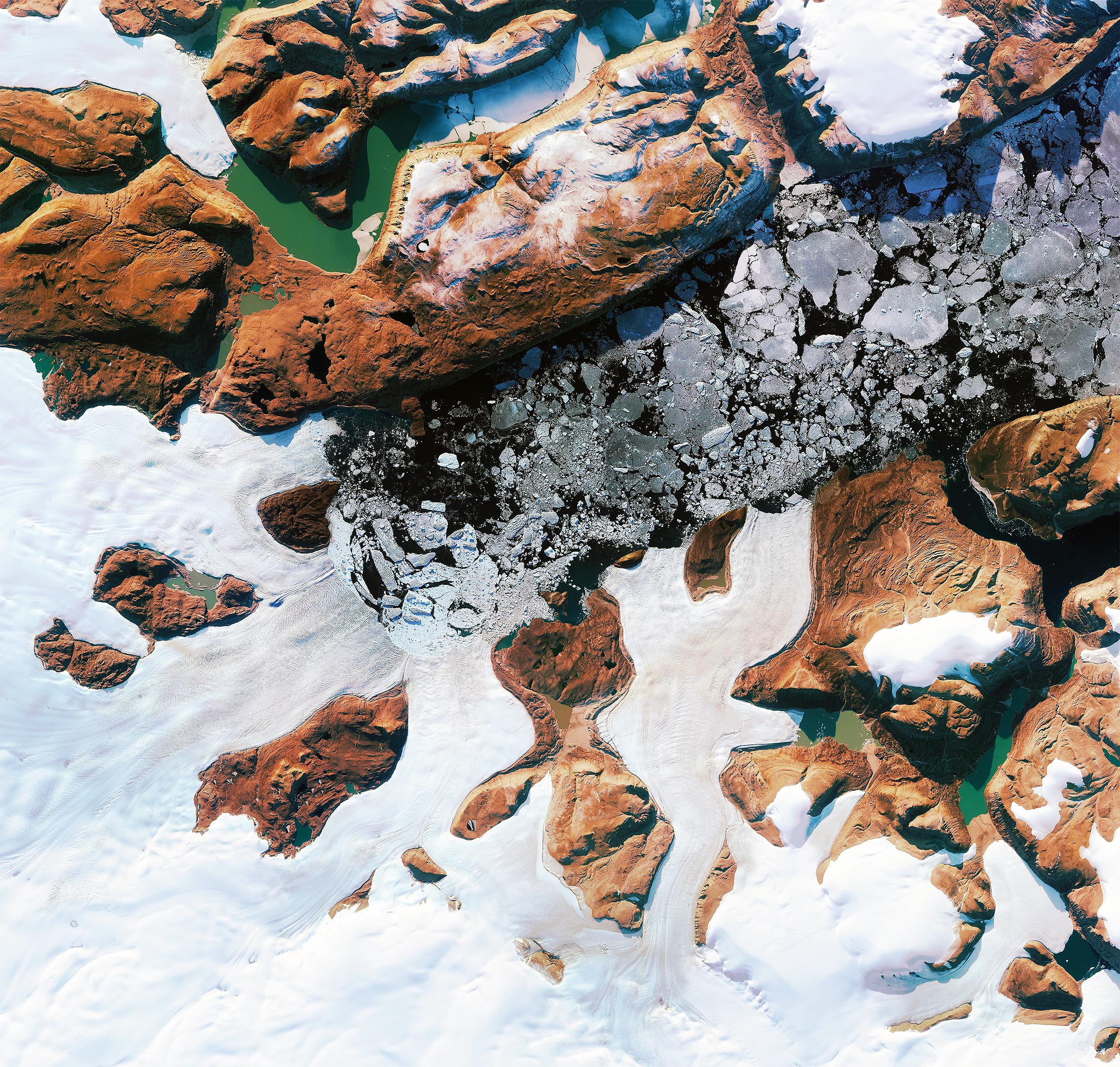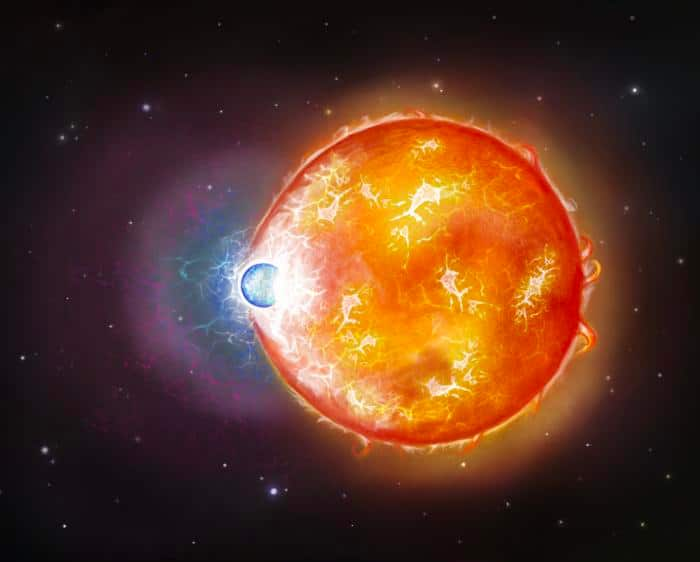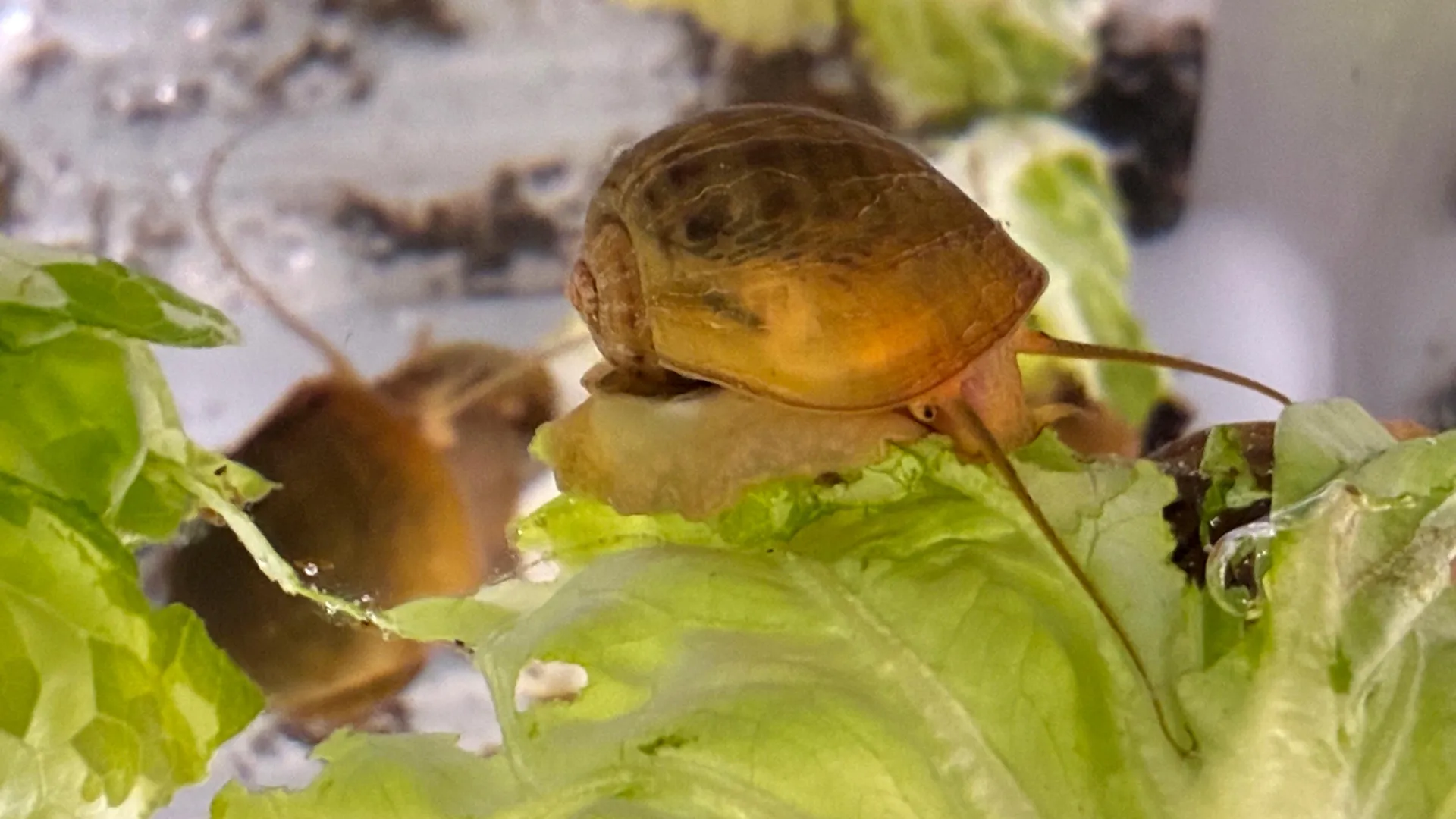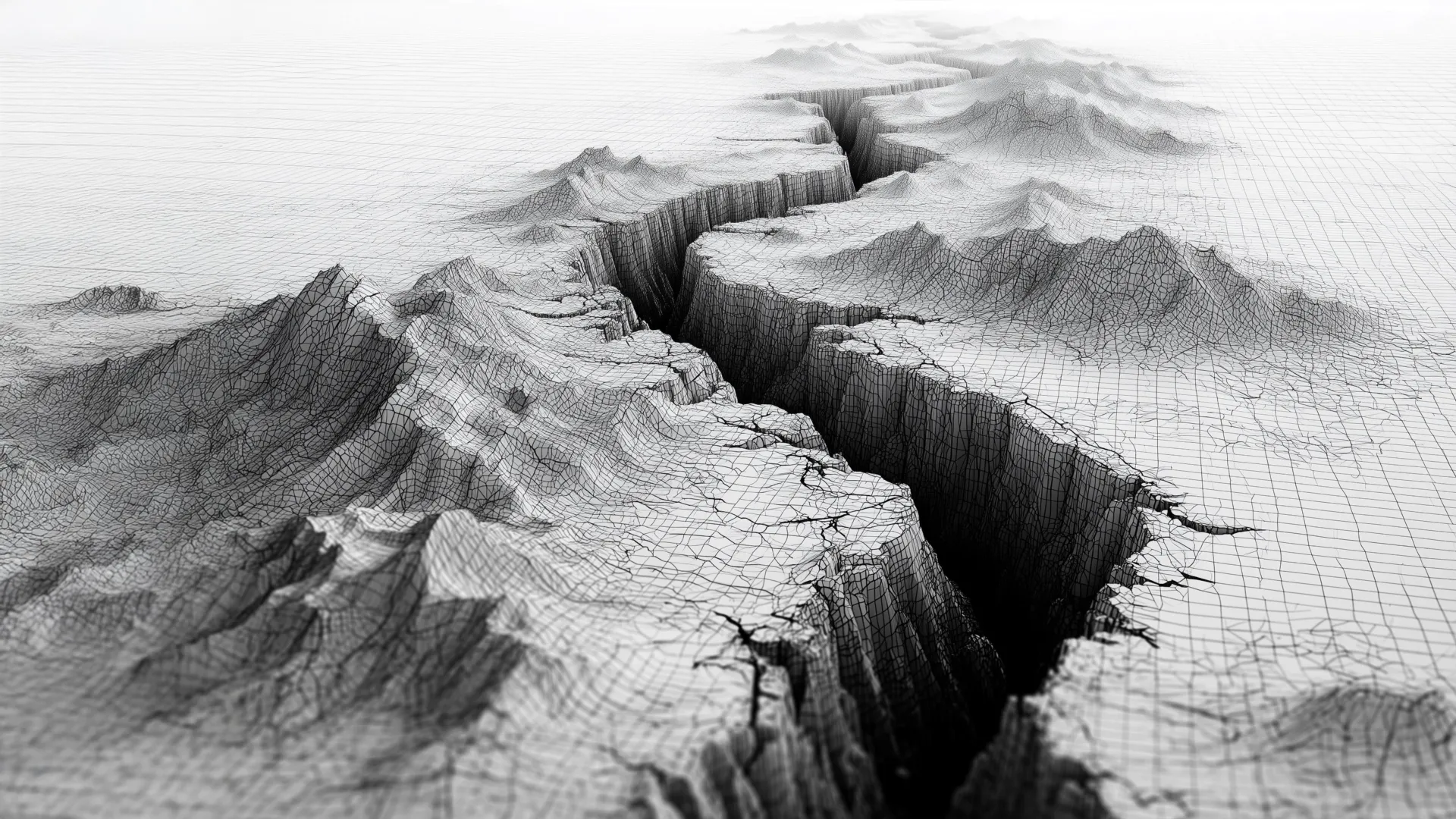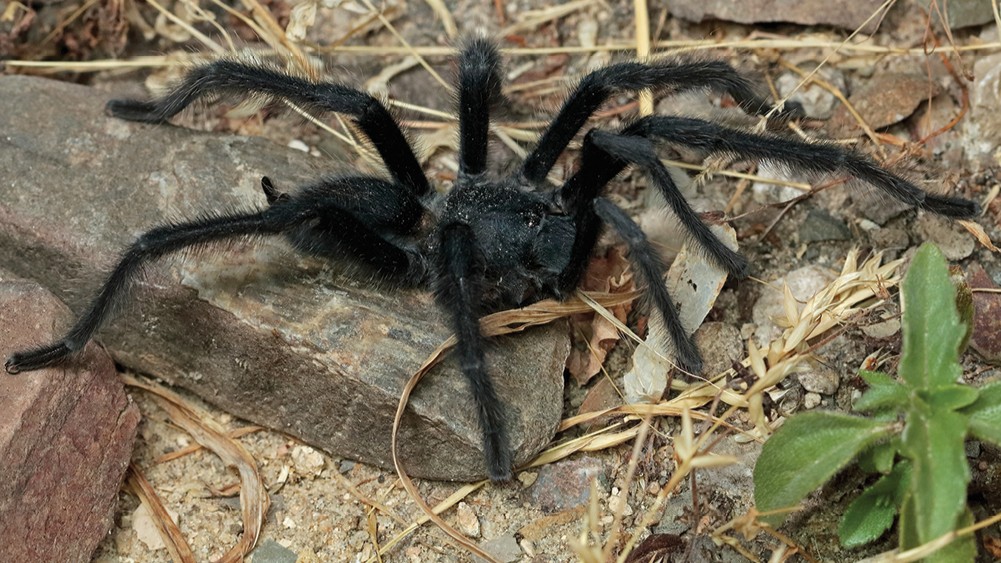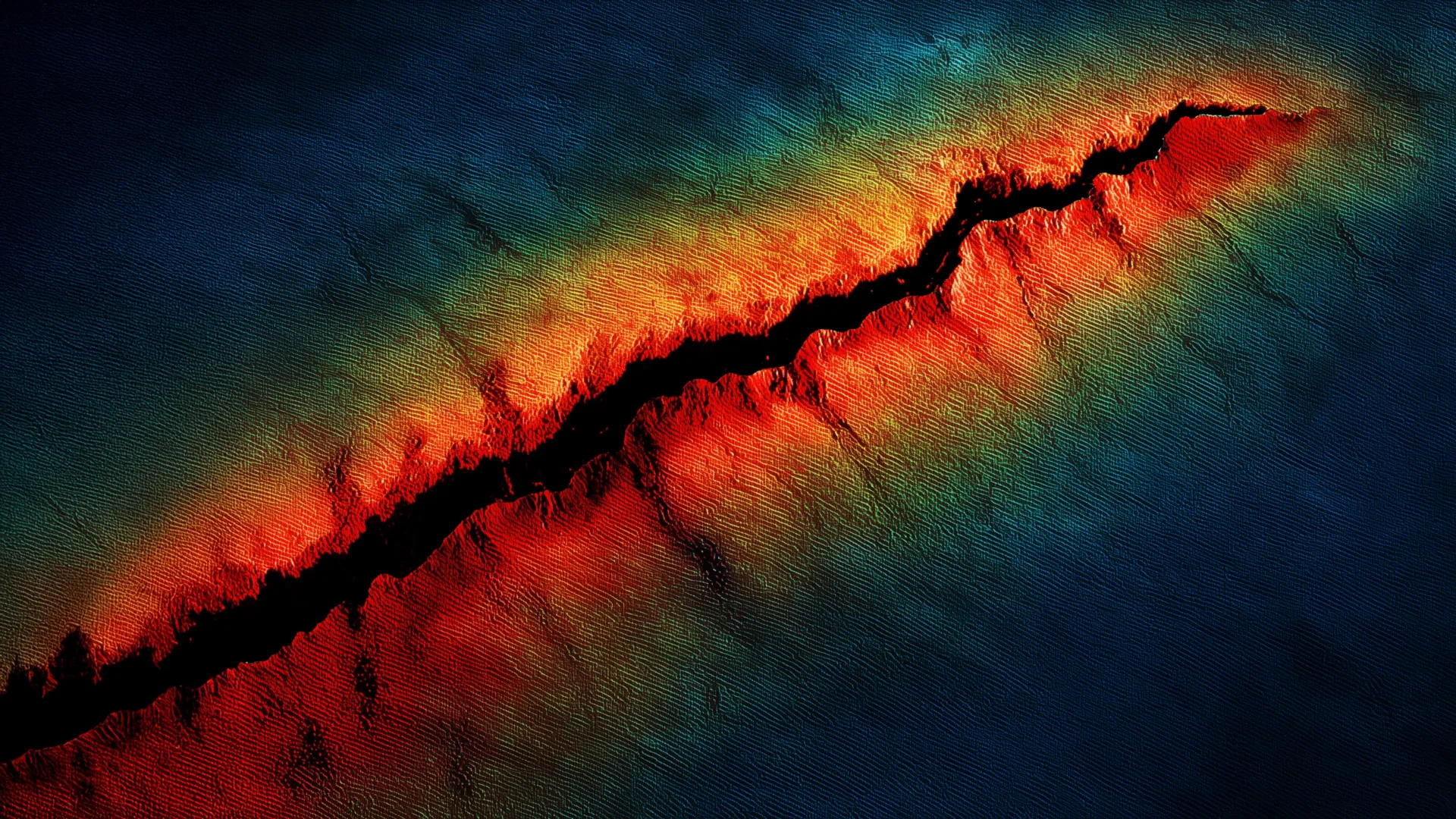Shocking Discovery: Mars Rocks Resemble Earth Coral! What Does This Mean?

Can you imagine discovering something on Mars that looks just like coral from Earth? Well, NASA's Curiosity rover may have just done that! On July 24, Curiosity snapped a photo of a peculiar, one-inch rock inside Gale Crater, and it has some scientists scratching their heads in awe. This modest rock, with its intricate, branching structures, resembles the coral we find in our oceans, stirring excitement and curiosity about Mars' watery past.
The image was revealed to the world on August 4, thanks to Curiosity's Remote Micro Imager, a high-resolution camera that captures stunning details from the Martian surface. While this rock is not alive, it’s like a time capsule whispering secrets about Mars’ ancient environment and hinting at the possibility of water once flowing abundantly on the planet.
NASA has indicated that Curiosity has stumbled upon similar formations before, suggesting that Mars is hiding a complex water history beneath its dry, arid surface. Rocks resembling flowers and reefs have been found in Gale Crater, hinting that our neighboring planet was once a vibrant world, teeming with liquid water.
The intriguing rock, alongside another specimen dubbed “Paposo,” found shortly after, highlights a time when Mars was much wetter. Scientists believe that water rich in dissolved minerals seeped into tiny cracks in these rocks, and as it dried, it left behind mineral veins that created these striking coral-like shapes we see today. It’s a process that echoes what we observe on Earth, where similar conditions lead to remarkable geological formations.
Today’s Mars is a cold, barren landscape, but these findings strengthen the theory that ancient rivers, lakes, and possibly oceans existed, reshaping the planet’s geography in ways we are only beginning to understand. NASA pointed to other geological formations captured by Curiosity, like the “spiderwebs,” which present intricate ridges that echo the new coral-like rock, further supporting the idea of persistent underground water activity.
Curiosity has been on a mission since it landed in Gale Crater in 2012, slowly exploring the vast Martian expanse. The crater is an enormous impact basin, measuring roughly 154 kilometers wide, nestled between the southern highlands and northern plains of the planet.
As it navigates the lower slopes of Mount Sharp, a towering five-kilometer mountain that stretches from the crater floor, Curiosity is studying unique boxwork formations believed to have been sculpted by underground water over time. NASA noted that even as the surface dried, water continued to be present beneath, leading to the fascinating patterns we observe today.
However, the journey hasn’t been without its challenges. Curiosity’s wheels are wearing down, its systems are aging, and the plutonium power supply is steadily diminishing. To combat this, engineers have been innovating, teaching the rover to multitask through software updates, which help conserve energy and prolong its mission.
“We were more like cautious parents earlier in the mission,” said Reidar Larsen, a flight systems engineer at NASA’s Jet Propulsion Laboratory. “Now, it’s as if our teenage rover is maturing, and we’re trusting it to take on more responsibility.”
One significant improvement allows Curiosity to complete its daily tasks and take power-saving naps, which may seem negligible in time, but it accumulates, helping to keep the rover active.
Since its launch, Curiosity has exceeded expectations, revealing an extraordinary amount about Mars. It has uncovered ancient carbon chains, found evidence of a past carbon cycle, and mapped areas once suitable for microbial life. While the discovery of this coral-like rock does not confirm life ever existed on Mars, it undeniably adds to the growing collection of geological clues hinting at a once-habitable environment. As long as Curiosity continues its journey, who knows what other secrets the Red Planet might reveal?













